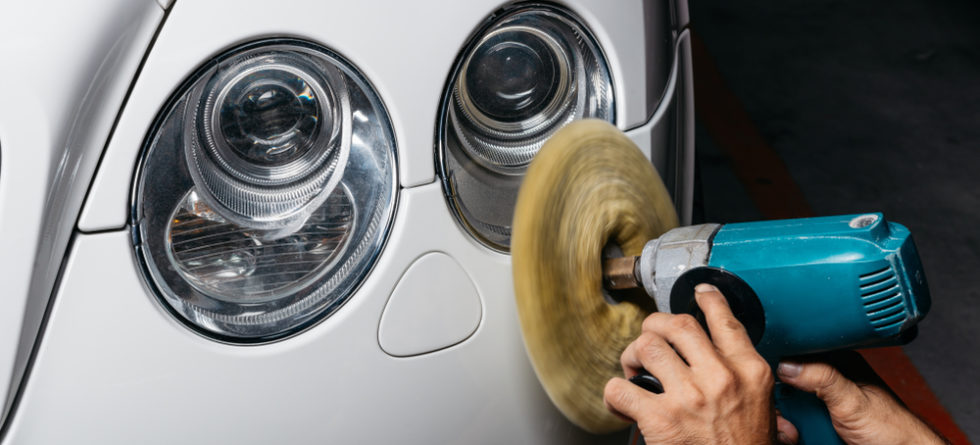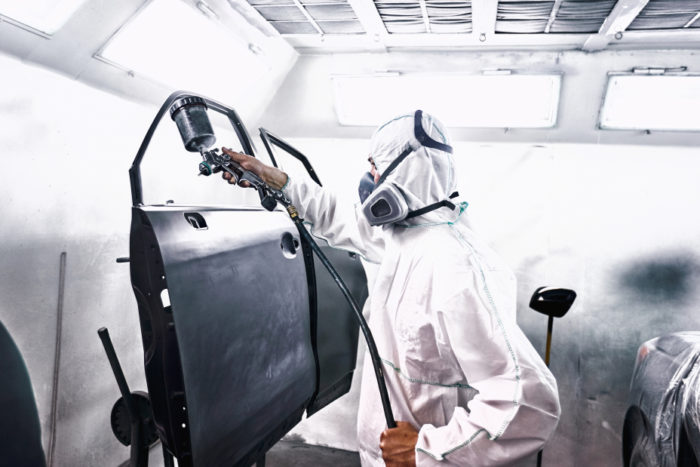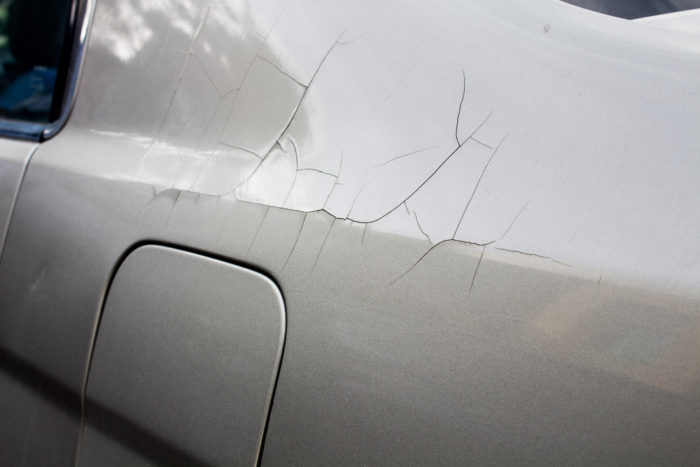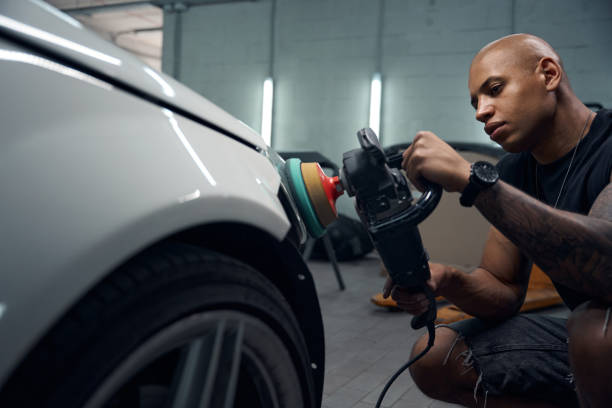What Is The Easiest Car Paint For Diy?

When it comes to DIY car painting, some paint types and colors are more forgiving and easier for beginners to work with. The key to a successful DIY paint job is choosing a paint that not only matches your skill level but also meets your expectations for durability and appearance.
Here are some considerations for selecting the easiest car paint for DIY projects…
1. Acrylic Urethane Paint
- Why It’s Easier – Acrylic urethane paints are popular among DIY enthusiasts because they offer a good balance of durability, ease of use, and a wide range of color options. They dry quickly, are resistant to chipping and fading, and provide a glossy finish without the need for a separate clear coat, although adding one can enhance durability and gloss.
- Considerations – While easier to apply than some other types, proper ventilation and safety gear (like a respirator) are due to the fumes.
2. Single Stage Paint
- Why It’s Easier – Single stage paint means the color and clear coat are mixed together and applied in one step. This simplifies the painting process as it removes the need for multiple layers of different products. It’s a practical choice for solid colors and those looking for a straightforward application.
- Considerations – The finish may not be as durable or glossy as a base coat/clear coat system, but for many DIY projects, it offers a good compromise.
3. Solid Colors
- Why They’re Easier – Solid colors, especially light to medium shades like white, light gray, or beige, tend to be more forgiving of minor imperfections and are easier to match and touch up. They don’t show dust, runs, or sags as easily as darker or metallic colors.
- Considerations – While solid colors are easier to apply, they might not offer the same depth or visual appeal as metallic or pearlescent finishes.
4. Water-Based Paint
- Why It’s Easier – Water-based paints are increasingly popular due to their lower toxicity and easier cleanup with water. They emit fewer fumes than solvent-based paints, making them a safer choice for DIY projects in less ventilated spaces.
- Considerations – Water-based paints may require a clear coat for durability and might not be as forgiving in hiding application imperfections as solvent-based options.
Tools and Preparation
- Regardless of the paint type chosen, having the right tools (like a quality HVLP spray gun) and properly preparing the surface are for successful DIY paint job. This includes thorough cleaning, sanding, and priming the vehicle’s surface.
Practice Makes Perfect
- Consider practicing your spraying technique on scrap material or a small, less visible part of the car before tackling the entire vehicle. This can help you get a feel for the paint’s behavior and the spray gun’s settings.
Safety First
- Always prioritize safety by using appropriate protective gear, such as masks, gloves, and goggles, especially when working with solvent-based paints or undertaking sanding tasks.
Choosing the right type of paint can make your DIY car painting project more manageable and lead to better results. While acrylic urethane or single-stage paints in solid colors are generally easier for beginners, the best choice depends on your specific project, desired finish, and working environment.




